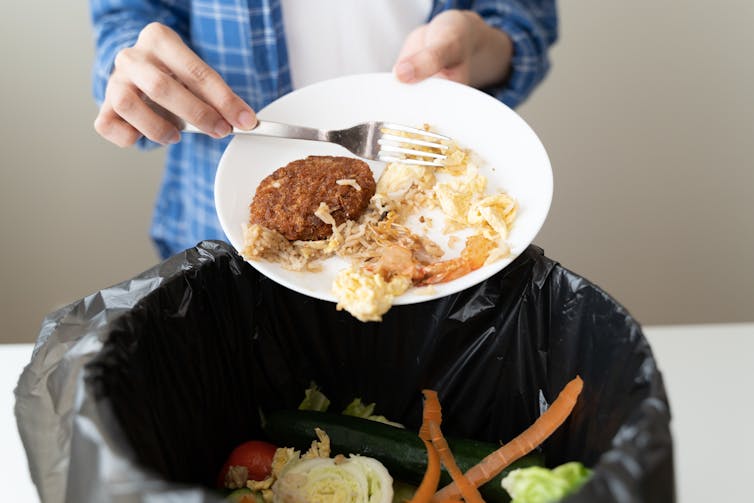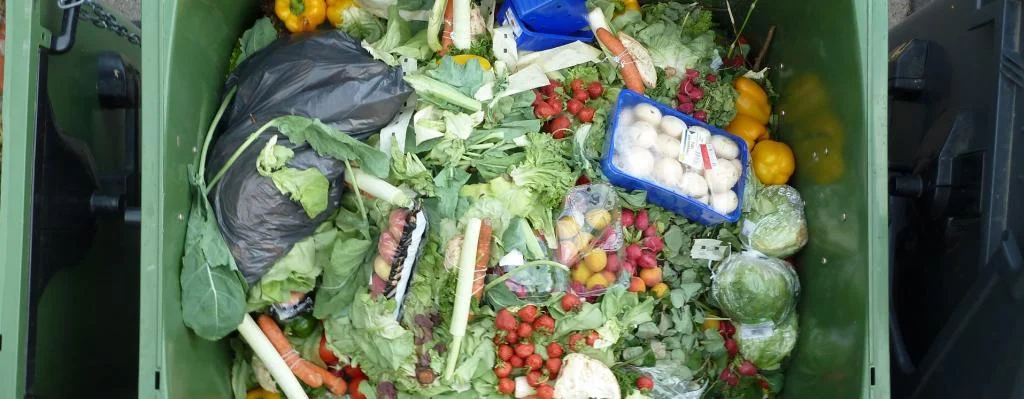In 2023, 333 million people worldwide were food insecure, with 783 million chronically hungry – while an estimated 14% of all produced is lost or wasted globally every year.
1.3 billion tons of food is enough to feed over three billion people.
Food waste contributes to nearly eight to 10 per cent of all greenhouse gas emissions. That level of emissions is on the scale of what a large country would produce — just under total emission estimates of the United States and China — posing serious contributions to climate change.
The greatest contributors to food waste are high-income countries, where the average consumer wastes between 95-115 kilograms of food per year.
Why food loss and waste occurs
Food waste and loss occurs at every stage of the food chain.
Pre-distribution food loss can occur, for example, due to poor harvests. Meanwhile, the post-harvest handling and storage can also cause waste as food is discarded for imperfections or damaged in transit.

While some food loss and waste — such as with eggshells, tea bags or bones — is unavoidable, a lot of it can be avoided, especially in retail and household settings.
The retail context is where approximately 14 per cent of avoidable food waste occurs as foods are often overstocked by grocery stores prioritizing constant availability at the expense of wasted product.
In households, food is primarily wasted due to spoilage, with the greatest volume lost being perishables, especially fruits and vegetables. This last area accounts for nearly half of all food waste.
Consequences of food loss and waste
According to the Australia Institute, Australia wastes 7.6m tonnes of food each year, costing households $19.3 billion.
Based on industry average profit margins, food retailers make $1.2 billion profit from this waste.
This gives the major supermarkets a strong incentive to resist policy changes that would reduce food waste, such as reform of best-before labels.
Opinion polling for this report shows that a clear majority of Australians support various regulatory reforms to reduce food waste—including, notably, overwhelming support (78%) for reforming use-by and best-before date labelling and 72% support for relaxed cosmetic standards. While there is clear support for regulatory changes, 81% of respondents also see reducing food waste as at least partly the responsibility of individual consumers.

Interventions for food waste in practice
1) A cooking class
2) Four text messages per week including information about food waste and reminders to reduce waste
3) A toolkit, which included things like a veggie brush (to reduce vegetable peel waste), a cookbook focused on reducing food waste, meal and shopping planner, reusable containers to store leftovers and a fridge magnet poster showing where foods are best stored.














